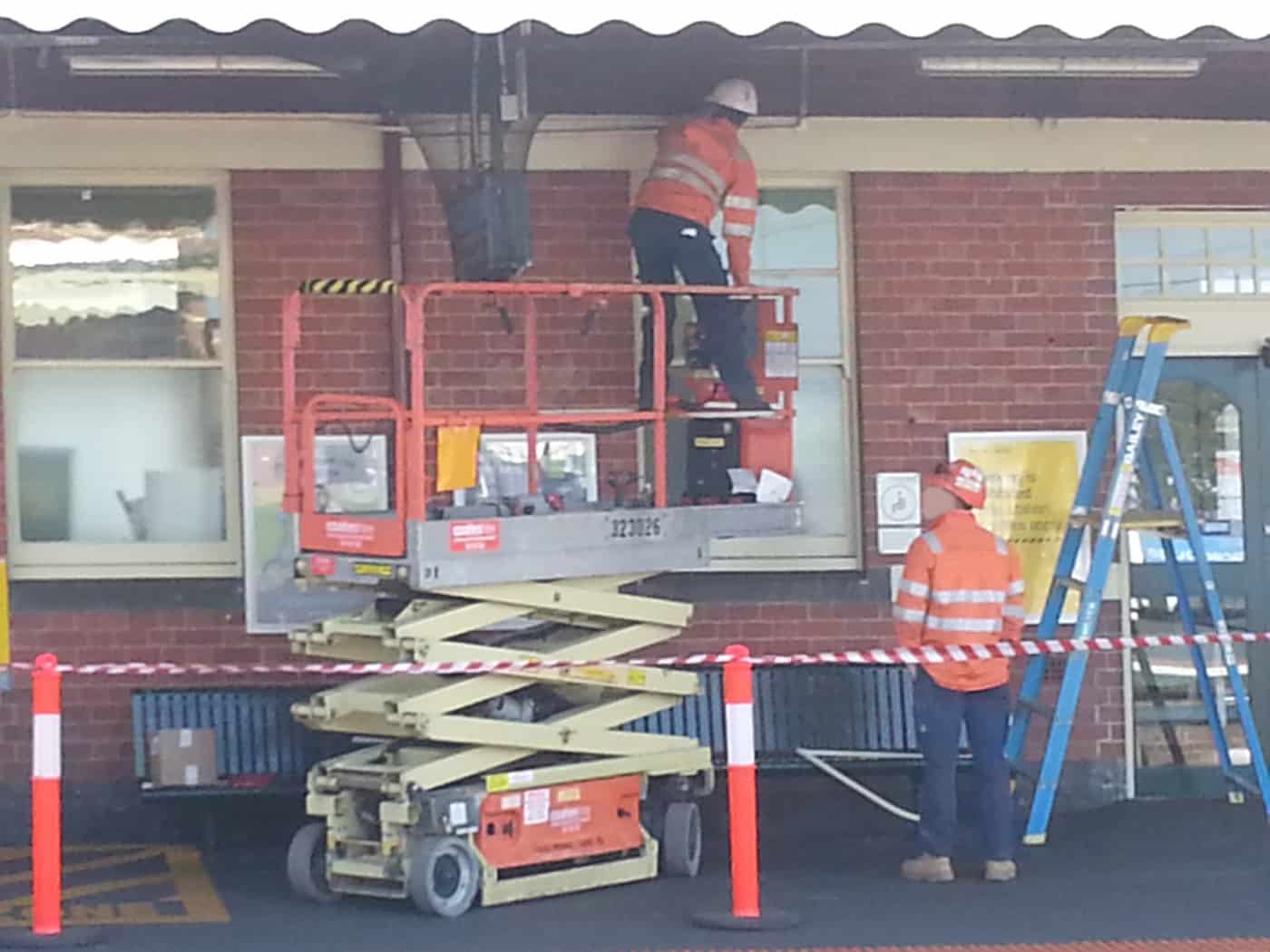Australian law firm
Category: hierarchy of controls
Workplace bullying book tries new psychology approach
OHS ROI pilot research in Queensland
Work Health and Safety Queensland (WHSQ) recently revealed some early research into the Return on Investment (ROI) of occupational health and safety (OHS) controls. (Thanks to a reader for pointing it out) According to its website:
“Recent pilot research in several Queensland organisations found clear evidence of the cost effectiveness of safety interventions, including:
- an automatic shrink wrapping machine at Rexel’s Tingalpa distribution centre that had an ROI of around $1.82 for every $1 of costs, and a payback of upfront costs of less than three years
- an ergonomics intervention at BP Wild Bean Cafés with an ROI of $2.74 for every $1 of costs and a payback within the first month
- a workplace health and wellbeing program at Port of Brisbane that had an ROI of $1.58 for every $1 of costs and a payback of 15 months.”
None of this “pilot research” is publicly available so it is not possible to verify the data. (WHSQ has been contacted for further information for a follow up blog article)
Stirring the OHS pot
I was honoured to speak recently at the monthly meeting of the Central Safety Group. As the meeting occurred during Safe Work Australia Month it seemed appropriate to stir debate about the nature of occupational health and safety (OHS) and how it applied.
Here is a selection of points that I intended to make. Discussion developed in a manner that allowed for many of these to be only touched upon but that was the intention of the presentation – to encourage OHS professionals to talk about OHS rather than about specific hazards. Continue reading “Stirring the OHS pot”
Scissor Lifts and safety

Workers in scissor lifts often step on railings or overreach placing themselves at risk of falling. These actions are contrary to the use of plant as usually recommended by manufacturers and to the usual requirements in an occupational health and safety (OHS) management plan for working in the rail environment.
The actions in these photographs occurred on a Melbourne railway station and in an industry that this author has worked in for the last six years. Photographs never show the entire facts of a situation and there are many assumptions and what-if scenarios about which these photos could, and should, start discussions. The following discussion of occupational health and safety management issues focuses on the facts presented by the photos*.
SWMS – the infectious safety weed
Australian occupational health and safety (OHS) professional, Paul Breslin, is continuing his research into the use and application of the Safe Work Method Statement (SWMS) in the construction industry. His latest paper, recently published in the Journal of Health, Safety and Environment (subscription only) asks an important question:
“If administrative controls are one of the lowest levels of control measures under the hierarchy of control, why has the Safe Work Method Statement become a central element in ensuring safety in the Australian construction industry?”
Breslin’s article title summarises the frustration of many OHS professionals where safety relies on lower order controls of the
Standing desks distract from systemic analysis
The media’s focus on standing desks continues in Australia with the PM radio program on 7 May 15 stating:
“If you thought those standing desks, and even the newer treadmill desks, were a fad, think again.”
This compounds the continuing distraction from organisational causes to individual adaptability and encourages short-term thinking on occupational health and safety (OHS) issues.
The radio program built a report around some very useful research data released by the Heart Foundation which, amongst other findings, stated:
“More than one in two Australian workers reported that they do not do enough physical activity to be healthy. In fact, one in four Australian workers does very little or no physical activity at all. The most common reasons Australian workers are not physical active is due to lack of time, a lack of enjoyment when doing physical activity or simply would prefer to do other things than undertaking physical activity.”
Sedentary behaviour is an acknowledged risk factor in various chronic diseases and the Heart Foundation should be commended for providing further evidence. But there is no mention of standing desks in the Foundation’s media release or
